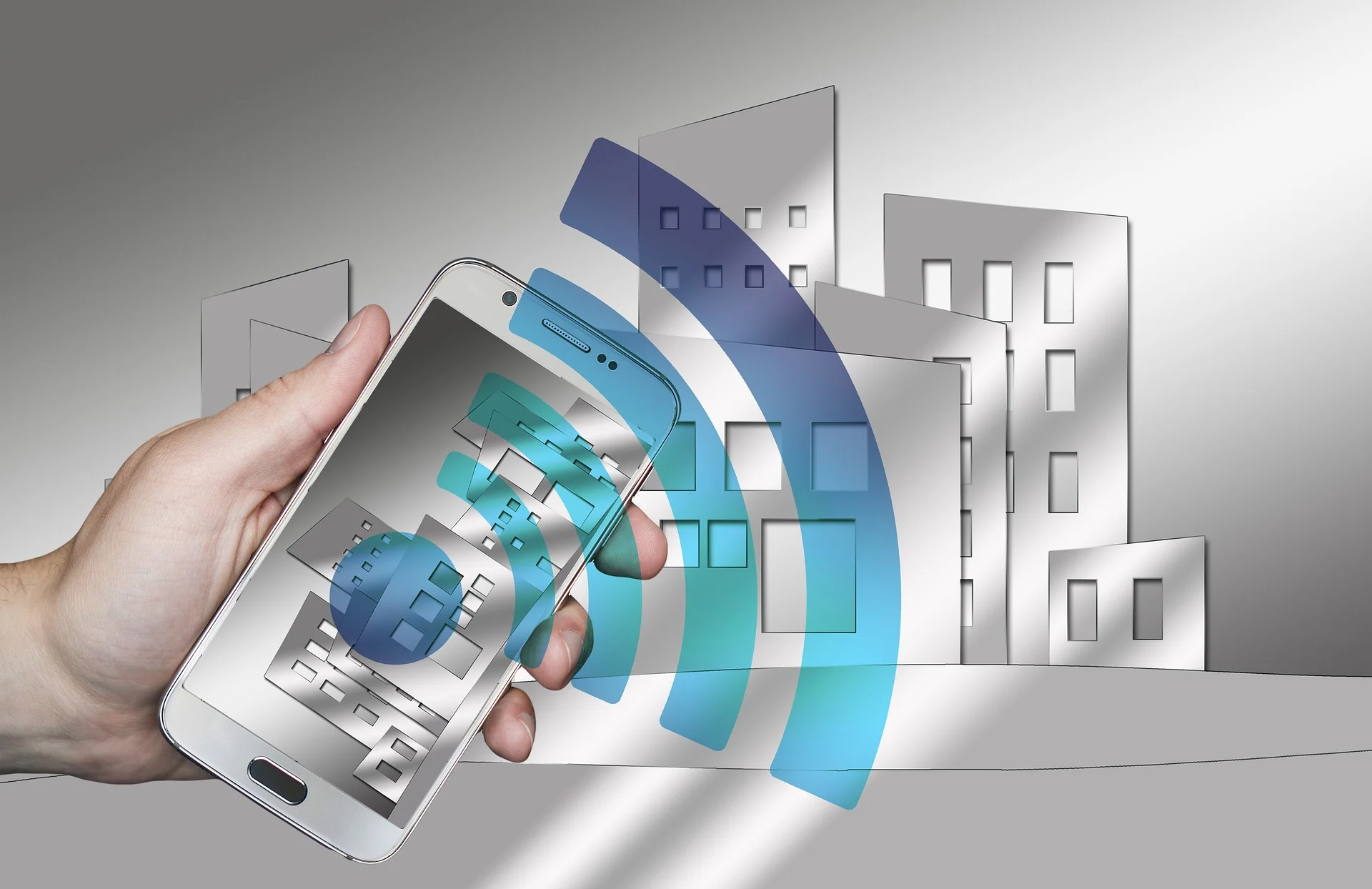Cellular connectivity is undoubtedly essential in expanding IoT projects beyond localized deployments: Of the 3,000 projects in GlobalData’s IoT Innovation Tracker, 80% are limited to single sites. To take these projects out of a specific factory, a school or city centre – affordable and robust infrastructure is needed.
What limits many IoT deployments is the need for Low Power, Wide Area (LPWA) networking. Whilst the cellular industry delayed in establishing the right solutions, we saw a growth in new connectivity methods such as LoRa and Sigfox.
There are national networks providing this non-cellular LPWA connectivity, however as NB-IoT becomes ever more productized by operators these solutions are likely to fall by the wayside. However, most crucially NB-IoT is a 4G technology.
When the wider ICT industry speaks of massive growth in IoT connections, it falls to acknowledge that the vast majority of these connected ‘things’ will have low bandwidth, low computing requirements such as sensors measuring environmental parameters every few hours.
More advanced devices have higher power requirements. Running 5G connectivity off an isolated device powered by a battery is going to severely limit how long it’s going to stay live. Alternatively, if the device runs of a powered line, it’s got other ways to be connected. For example, Wi-Fi networking which is front and centre of some of the most advanced Smart City projects such as Barcelona.
Even if cellular technology is to be used, LTE-M currently offers a perfectly suitable alternative. So what is the case for 5G and IoT?
Future gazing, driverless cars is a clear opportunity, however insurance legislation and technological immaturity still remains a barrier. The demand for cloud computing to enhance the capabilities of IoT is another driver, particularly pushing Artificial Intelligence to the edge.
These are both use cases which are going to need always on connectivity with sophisticated bandwidth requirements perfectly suited to 5G. Underpinned by Massive MIMO technology, connected and broadcasting devices will automatically optimize provisioning utilizing the best allocation of spectrum for its purpose.
The problem is that both of these use cases are still in the infancy. Those operators looking for IoT to be the cash cow out of the gate to deliver the RoI on 5G are likely to be disappointed. Instead, consumer applications such as advanced gaming on mobiles are likely to pull users onto 5G, rather than the enterprise market.
The Catch 22 is that IoT does offer a longer term opportunity for 5G such as the aforementioned use cases. Operators early to 5G will have the infrastructure in place when these applications are more feasible; however it is an investment in the future. In the meantime, operators should look to the consumer market to serve as the first to fund 5G.
















